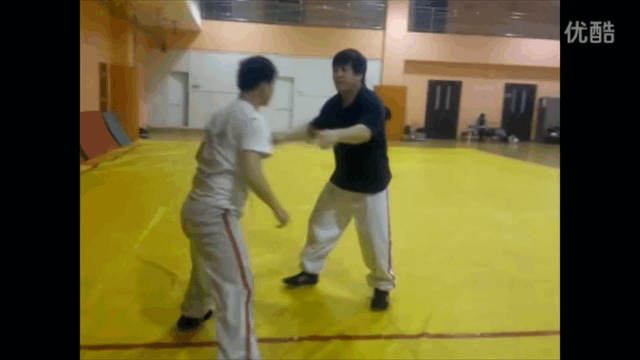Re: Is "internal" real that important?
johnwang wrote:C.J.W. wrote:John,
Although we've never met in person, we've known each other on this forum for nearly 20 years. And I can't help but notice that during this whole entire time, your topics of discussion regarding the internals have always (and I really, really, really mean ALWAYS) revolved around a limited number repeatedly occurring ideas:
1. Taiji guys only know how to push people away.
2. Taiji guys should learn how to use their legs like Shuaijiao guys.
3. There is nothing special about internal arts; Shuaijiao is just as good if not better.
It also seems to me that no matter how much time and effort other forum members have spent on discussing these topics with you, your way of thinking and understanding about internal arts -- based on your posts and responses -- still remain exactly the same as they were 20 years ago.
So I am just wondering why you even bother to keep bringing these topics up if you already have your own deeply held belief about Taiji and internal arts?
In the past 20 years, I hope something could happen and changed my belief (such as one "internal" guy had proved his "internal" skill in the ring or on the mat).
Even just 10 years ago, I still believed that CMA doesn't need ground game, In the past 5 years, my opinion has completed changed.
It's not that I will never change. I just need enough proof to convince myself.
If you look for the answer on Internet forums only to try to prove your own point, you won’t find any answer.
It’s ok to not be interested. I doubt Fedor is interested.


